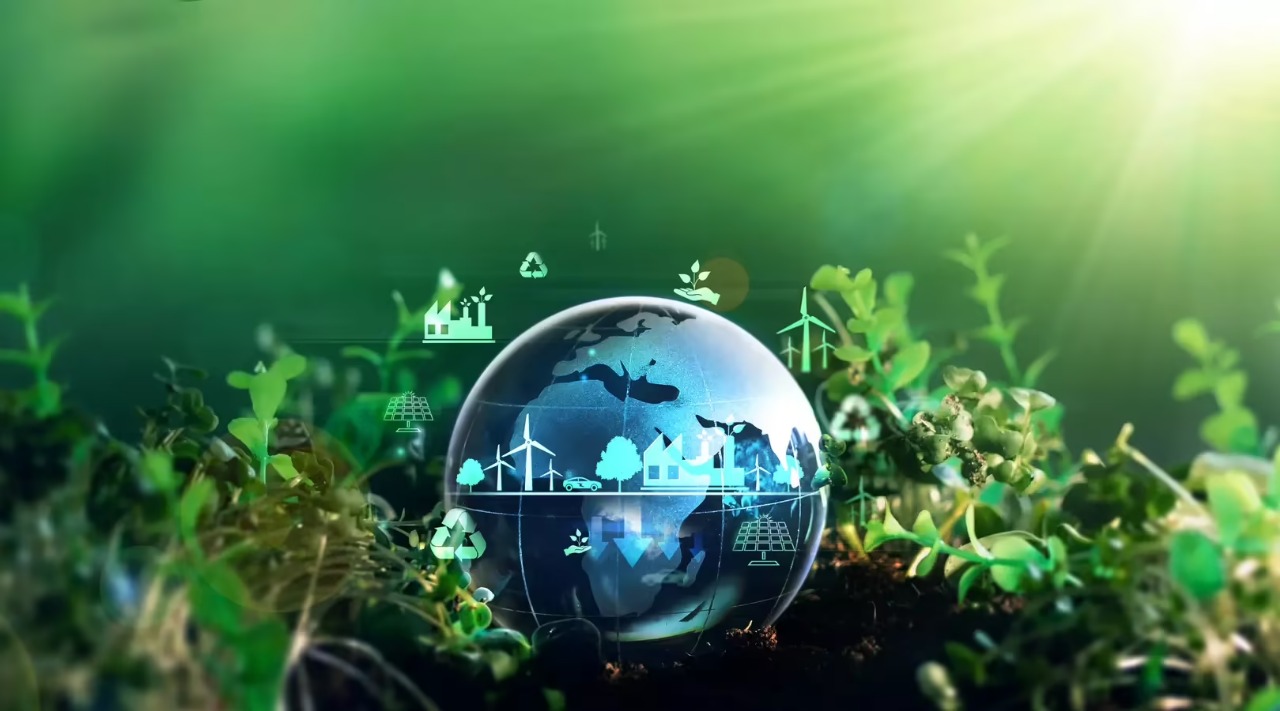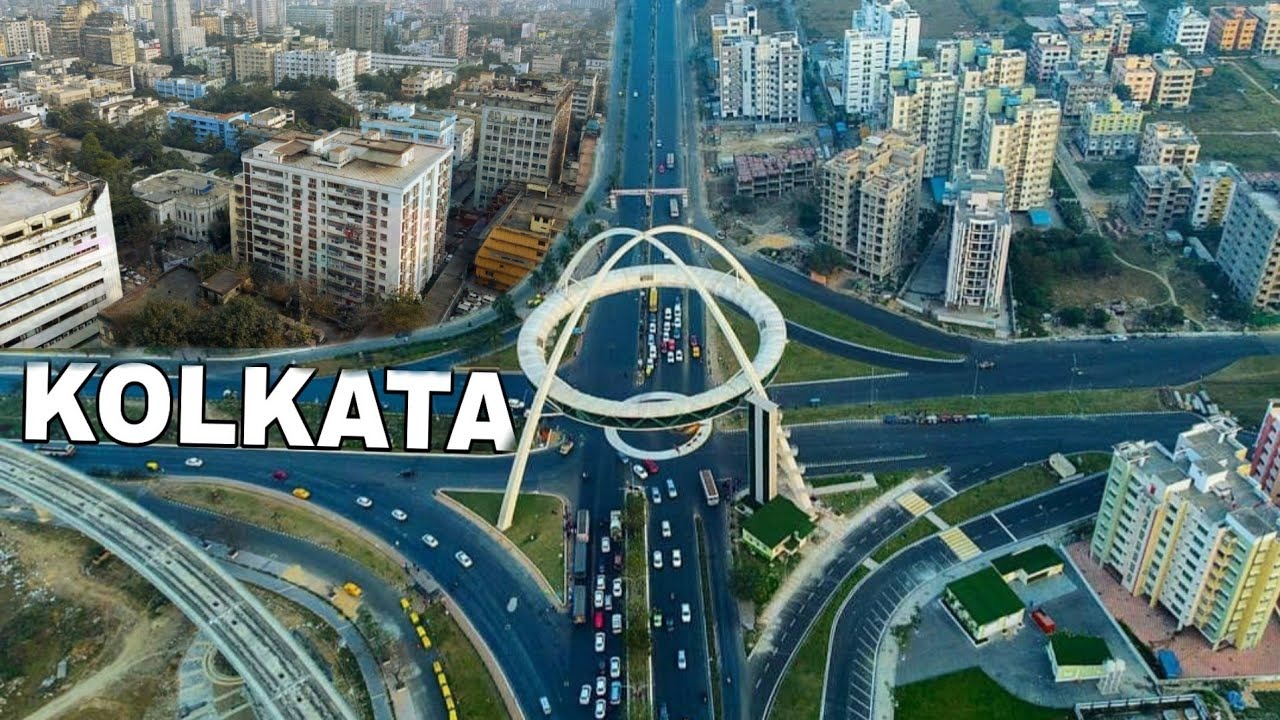 Image Source: ET EnergyWorld
Image Source: ET EnergyWorld
India’s ambitious green energy transition is hitting regulatory turbulence as key subsidies—once the backbone of its renewable boom—are being rolled back. The most impactful change: projects commissioned after June 2025 must now pay 25% of interstate transmission costs, a move that could raise tariffs and stall momentum.
Subsidy Withdrawal Sparks Concern
The end of the ISTS (InterState Transmission System) charge exemption is expected to increase green energy tariffs by ₹0.40/kWh—a 16% hike over FY25’s lowest auction prices.
Nearly 30 GW of upcoming capacity is already struggling to secure longterm power purchase agreements (PPAs).
Decentralization Trend Emerges
States like Karnataka are pivoting to local renewable projects to avoid new transmission fees, potentially reversing the centralization trend of recent years.
Industry Reaction
The National Solar Energy Federation warns that the cost hike could derail auctioned projects and delay India’s 500 GW clean energy target by 2030.
Developers are lobbying for an extension of the subsidy, citing financial uncertainty and investor hesitation.
Budget 2025’s Mixed Signals
While the Union Budget introduced incentives for clean tech manufacturing, nuclear energy, and ESG finance, the rollback of transmission subsidies has cast a shadow over execution clarity.
India’s green dream isn’t fading—but it’s facing a reality check. Without policy consistency and storage infrastructure, the road to netzero could get bumpier before it gets brighter.
Source: Economic Times EnergyWorld, Business Fortune, ESG360
Advertisement
Advertisement






